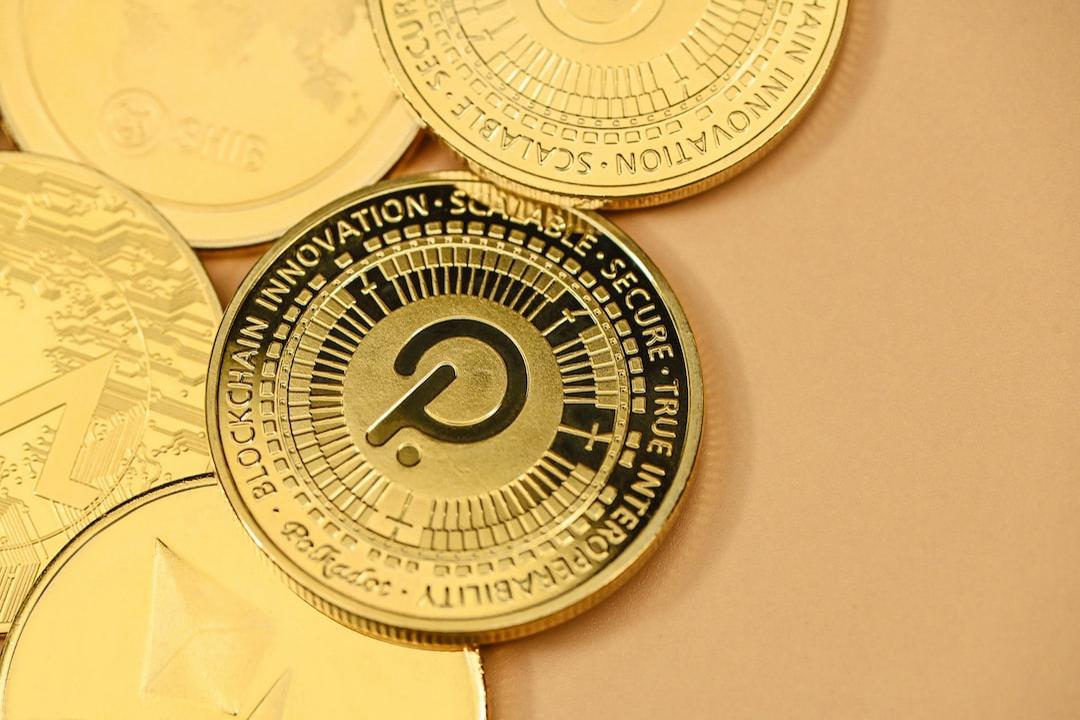Recently, the cryptocurrency market has been in a general decline. Is this due to the excessive online presence of VC tokens by exchanges, leading to market bloodsucking? Have exchanges facilitated this process? This article will provide you with answers.
Table of Contents
“VC Token” siphons market funds?
Where did the incremental funds go?
Stock tokens collectively suck blood
Role of the exchange
Can exchanges do better?
Give “value” projects an opportunity
Establish clearer standards
More transparent information disclosure
Conclusion
Recently, the view that exchanges have excessively gone online with “VC series tokens,” causing the market’s liquidity to dry up, has become increasingly prevalent. Anti-VC rhetoric has been evident since the era of Meme’s rise, reaching the point of becoming a banner and slogan in the current downturn.
Has VC token sucked the market dry, have exchanges driven this process, and what are users’ demands for online tokens? Odaily will interpret this in this article.
Leaving aside the impact of exchanges going online with “VC series tokens,” the users’ core entry into Crypto is still to purchase USDT or USDC. The total amount of stablecoins to a certain extent represents the total liquidity in the market. Therefore, we will make a preliminary comparison based on the “incremental stablecoin” and “VC token market value.”
A year ago, the circulation market value of USDT was $83.2 billion, and it is currently $112.7 billion, an increase of $29.5 billion. USDC increased from $28.4 billion to $32.6 billion, an increase of $4.2 billion. The combined increase for both over a year is $33.7 billion.
The circulating market value of ten VC tokens that went online in the past six months is as follows, with the total market value being $5.47 billion (in USD): PYTH ($1.1 billion), ENA ($950 million), STRK ($900 million), ZRO ($670 million), ZK ($600 million), ETHFI ($360 million), DYM ($270 million), ALT ($270 million), ATH ($250 million), and EZ ($100 million).
In the second half of 2023, there are also giant tokens such as TIA ($1.17 billion) and SEI ($1.05 billion) in existence. And the circulating market value is calculated based on at least a 20% to 30% recent decline in the last few weeks. Therefore, we can come to the preliminary conclusion that at least 50% of the incremental funds have been captured by dozens of “VC tokens.”
ARB went online in March 2023, with an initial circulation of 1.275 billion, calculated at an initial circulation market value of $1.02 billion based on a price of 1.25 USDT. The current circulation market value of ARB is $2.5 billion, with the token price dropping by approximately 40%. If we understand the increase in circulating market value as a net inflow of funds, holders are still bleeding, so the funds can only flow to the unlocked portion.
In the previous section, we concluded that “VC tokens” do have a significant siphoning effect on funds. Have exchanges facilitated this process?
Regarding this issue, He Yi, co-founder of Binance, expressed his views on the X platform: “The currency circle is a free market, and the liquidity and trading volume of various trading platforms are shared. Even if Binance does not go online with new projects, these projects will still exist, and funds will flow to the entire industry. In addition to VC-funded projects unlocking, Meme coins, native dogs on the chain, scam coins, and fund pools will also divert funds. After the approval of ETFs, funds from traditional financial markets will also flow directly to the currency circle.”
Briefly summarizing his views can be translated to “even if exchanges do not go online with tokens, VC can still be dumped elsewhere,” and “the diversion of funds cannot be solely attributed to VC unlocking.” The latter view is proven in the previous section through data, which shows who the main player is in the diversion of funds. As for the former view, Odaily believes it overlooks two important factors: “user attributes in different scenarios” and “leverage ratios in different scenarios.”
In the on-chain scenario, in addition to users focusing on DeFi Farming or scamming, due to the low-profit-loss ratio and the ability to quickly ship through AMM features, most traders have a “disgust” for high-market value projects. If a project has a circulation market value of over a hundred million and an FDV that is sky high, it will significantly decrease the willingness to accept it among on-chain users.
On the other hand, exchanges provide leverage far higher than on-chain, with leverage of up to tens of times, providing ample liquidity for “shipping.” The acceptance of the on-chain is far less than the centralized trading market with leverage.
Therefore, the “user attributes” and “leverage ratios” in different scenarios significantly affect the willingness and ability to accept VC-unlocked tokens. If project trading were carried out outside of CEX, prices would be more likely to quickly return to a reasonable range, rather than slowly decline with unlocking, or perhaps market value would increase while token prices fall. It cannot be said that centralized exchanges have no influence in the VC unlocking process.
For exchanges, “heavenly” projects such as ZKsync and LayerZero have no possibility of not going online as long as the project has not run away and hackers have not looted. However, for other currencies, users have many demands, and exchanges still have many better options.
For some value projects, which can generate extremely high profits and cash flows, such as the recent hot project Pump.fun, with an annual income of up to $219 million, many users are looking forward to its online and are willing to buy. Or projects like BananaGun and Whales Market, which have market values of $160 million and $40 million, respectively.
The data for these projects is not constructed by VC scams, which is what users truly need. From small market value to big market value projects, projects like SOL and MATIC in the last bull market were able to develop after going online with tens of millions of dollars in market value. However, this time, we have not seen these projects have the same opportunities and treatments.
Compared to projects that have disappeared after going online, giving value projects more opportunities is one of the fundamental demands of the vast users.
How to determine value projects? Judging by financial data is a very direct and effective way. Here, financial data does not refer to indicators that are easily manipulated, such as the number of addresses and interactions, but rather to TVL, project income, and other more tangible data. Some users question that this may lead to exchanges becoming targeted by startups. However, traditional markets such as the US stock market do not deteriorate because of clear standards. They provide real value projects with more opportunities, rather than some AI projects, scams, and inflated projects.
Furthermore, even standards for delisting could be established for these projects to “leave liquidity to those in need” and guide the healthy development of the market.
There is no way to inquire about token operation data in exchanges, such as how much will be unlocked and when. Of course, the current market generally does not consider this to be the responsibility of the exchange.
The power to go long or short is entirely in the hands of the traders. However, assuming that the exchange has clearly notified users of declining operational data and large unlocks, but they still choose to take over, then there is no “pot to throw.”
Attributing the market’s decline entirely to the exchange is not a completely correct judgment, but believing that your side is completely correct and educating users is not the best way. As the party with the most discourse and the largest traffic in the industry, there are still many better choices for exchanges in guiding the healthy and rapid development of the industry and projects.

Related Reports
Opinion》Have Meme coins swallowed VC tokens?
The founder of io.net was hinted at “having a history of embezzlement,” and the DeFiance Fund sarcastically: now VCs don’t do due diligence.
IP dispute, resistance to VC… Cat series meme coins have erupted in the “Cat King Battle.”

